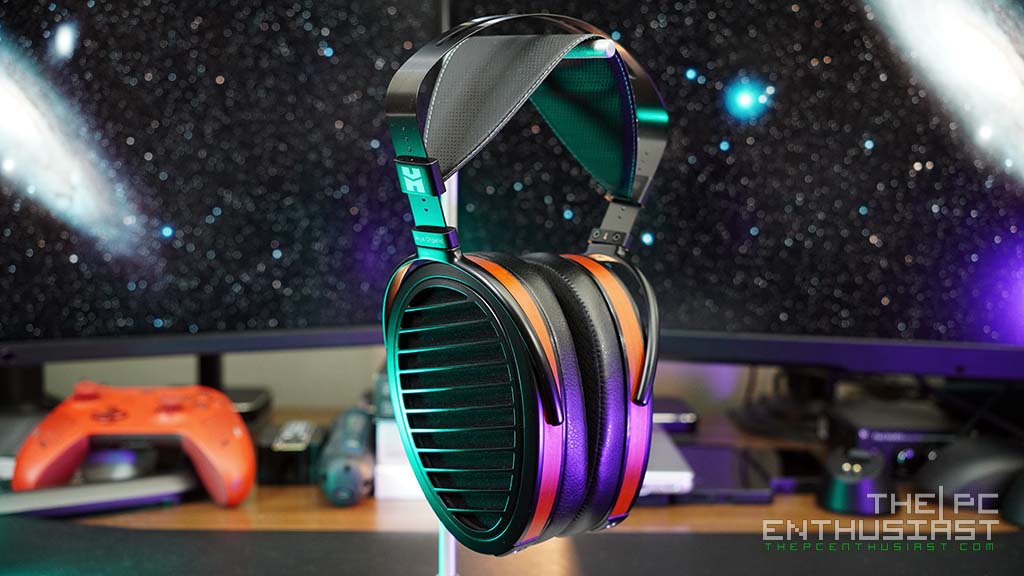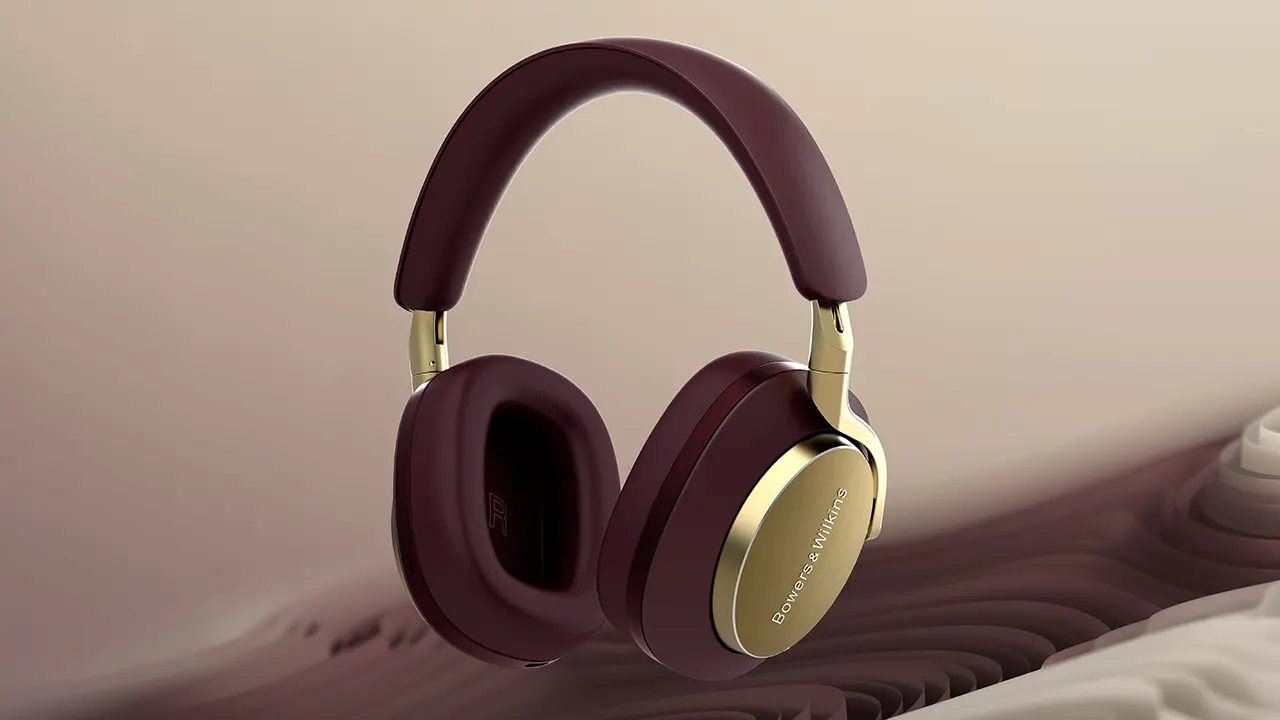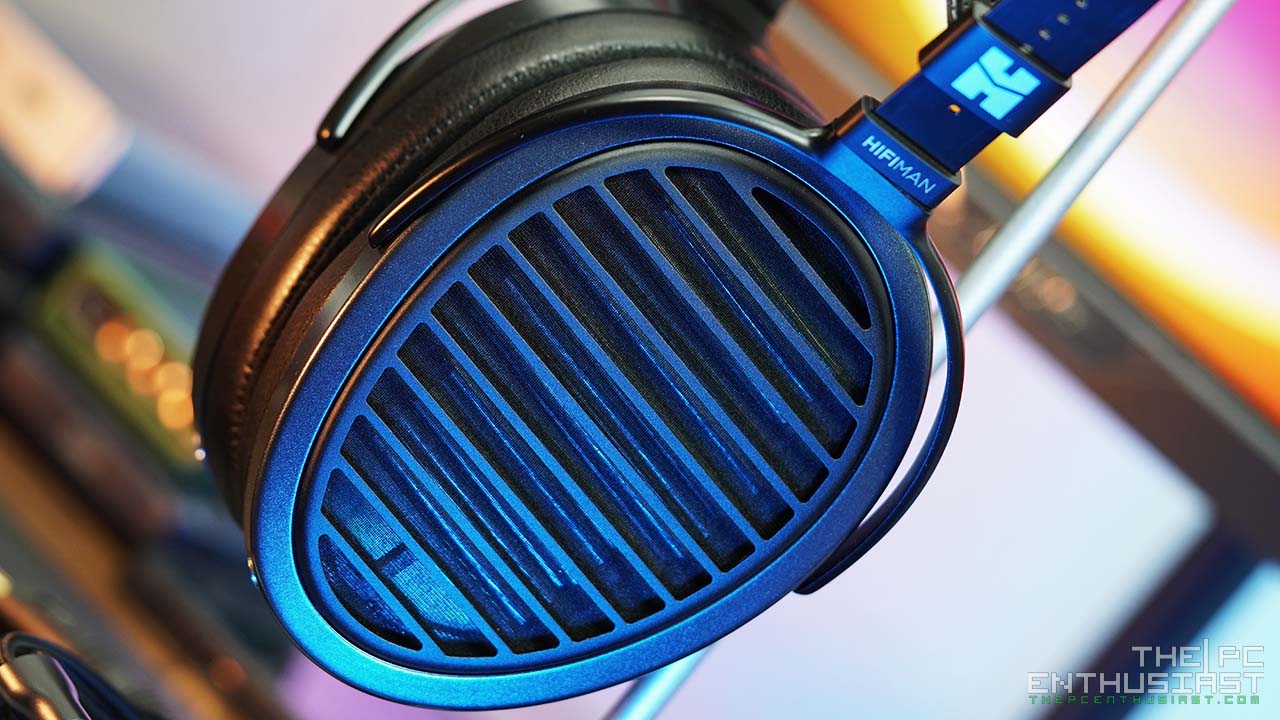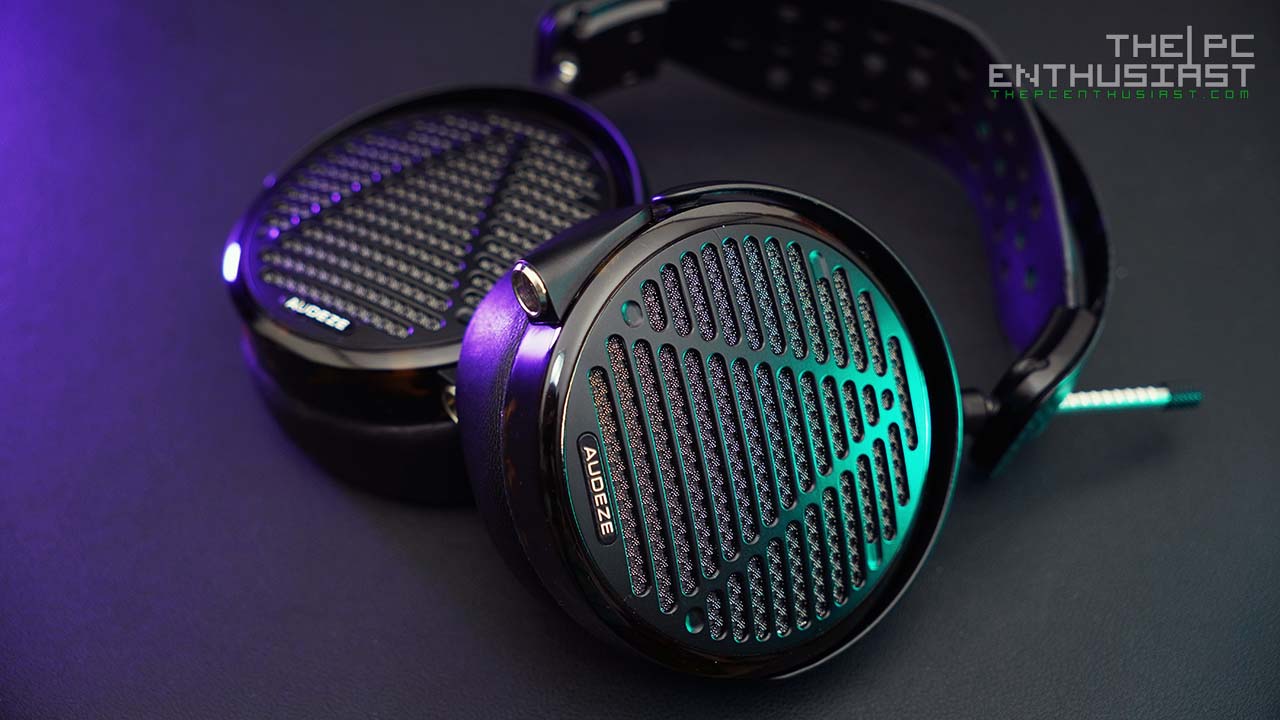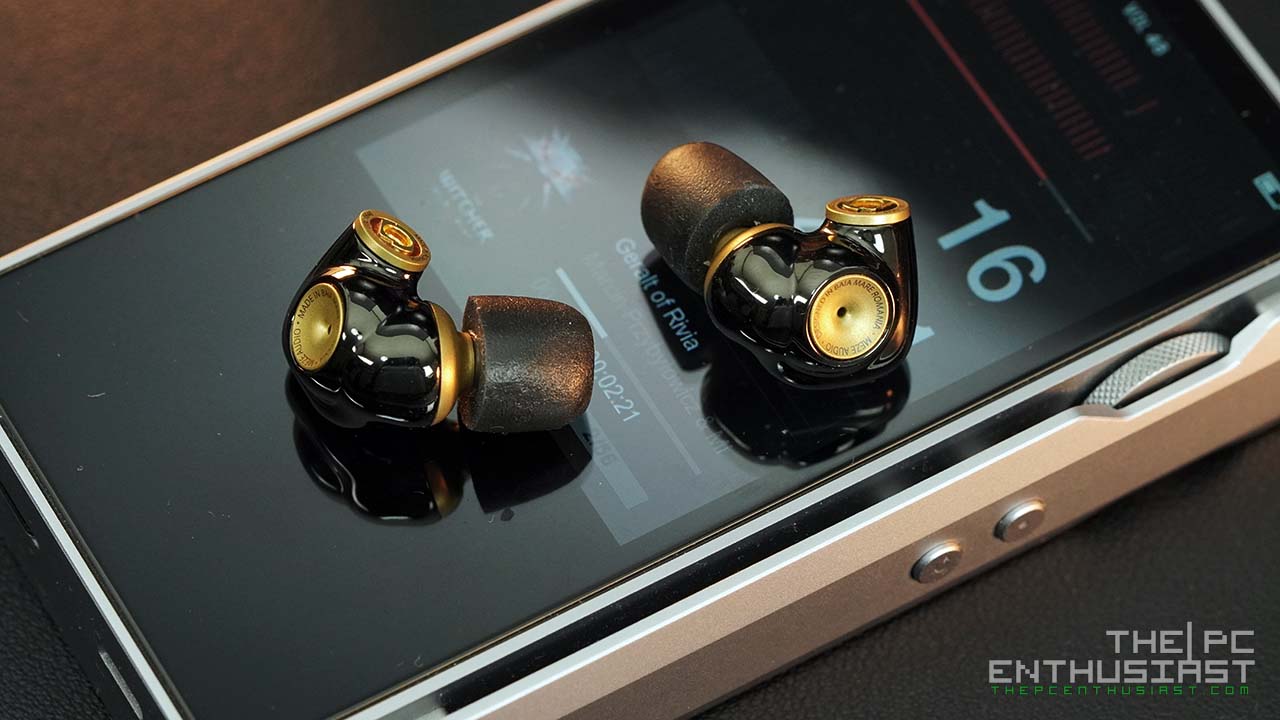In today’s audio review, we are going to check out a pocket-friendly and budget-friendly portable USB-DAC with headphone amplifier from Fiio – the K3. Affordable audio solution is Fiio’s forte, and most of their (newer) products offer a good balance between price and performance. The Fiio K3 is one of them, at $110 USD, this portable USB DAC with AMP has a lot to offer. So, if you are in the market for such an audio solution, continue reading our Fiio K3 review below.
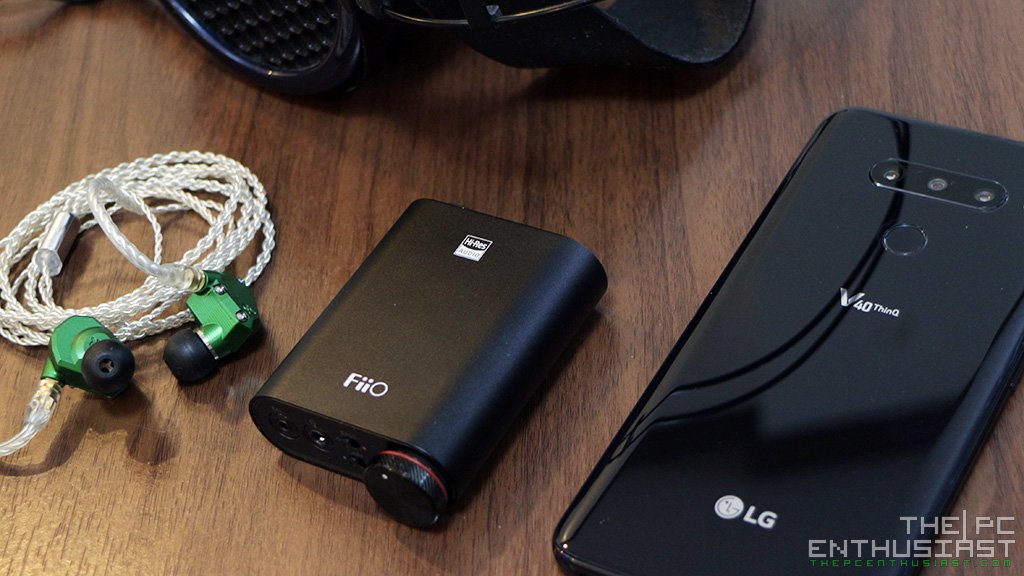
Fiio K3 Review – Featues
Dubbed as the “pocket-sized power flexibility headphone amplifier and USB-C DAC”, don’t expect that the Fiio K3 will blow off your socks. However, this portable DAC does come with decent set of features. And built with components that you don’t typically see in this price range.
At the heart of the K3, it features an AKM AK4452 DAC with 32-bit Velvet Sound technology. The AK4452 DAC isn’t Asahi Kasei Microdevices’ latest and greatest DAC out there. Don’t expect to see that on a budget-friend DAC. But this DAC is no slouch as well. Below is a snippet from the AK4452’s data sheet.
The AK4452 is a 32-bit 2ch Premium DAC, which achieves industry’s best low distortion characteristics by a newly developed low idstortion technology. It corresponds to a 768kHz PCM input and an 11.2MHz DSD input at maximum, suitable for play backing high resolution audio sources…
Accompanying the AK4452 are the OPA926 and TI OPA1612 op-amps. These two offers low-distortion, low-noise and high output with low-pass filter; enabling the K3 to produce 320mW of output at 16Ω using the balanced output. Fiio is also using an XMOS XUF208 chip that is capable of decoding up to 32-bit/384kHz and native DSD256 for digital input.

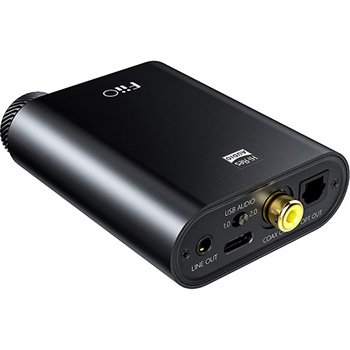
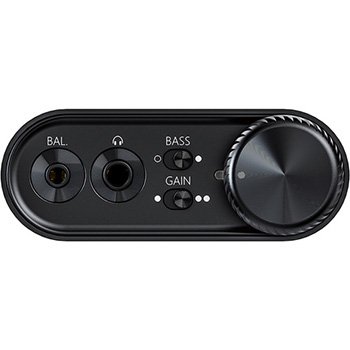

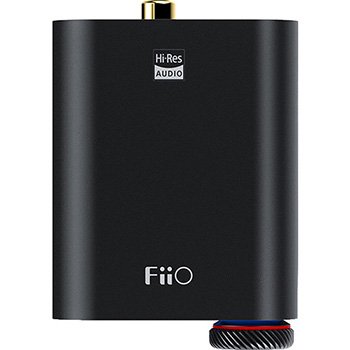
There are more features that the K3 DAC AMP has to offer and I’ll discuss them as we take a closer look at the K3 itself. Meanwhile, below is the full specifications of the K3.
Fiio K3 Specifications
| USB | Type-C |
| USB Audio Class | UAC1.0 + UAC2.0 |
| Volume Knob | ADC |
| Gain | L/H |
| Bass Boost | 0/+6dB |
| Line Out | 3.5mm |
| Headphone Out 1 | 3.5mm single-ended output |
| Headphone Out 2 | 2.5mm TRRS balanced output |
| Coaxial Out | RCA for 192kHz, support DSD64 DOP |
| Optical Out | Up to 96kHz |
| USB Chip | XMOS XUF208 |
| USB Driver | ASIO/KS/DS/WASAPI/DSD DOP(Native) |
| Audio DAC | AKM AK4452 |
| LPF OP AMP | TI OPA1612 |
| Driver OP AMP | OPA926×2 |
| Output Power 1 | 220mW (16Ω) |
| (3.5mm headphone output) | 120mW (32Ω) |
| Output Power 2 | 320mW (16Ω) |
| (2.5mm TRRS balanced headphone output) | 200mW (32Ω) |
| Line Level | 1.9Vrms |
| DAC | 384kHz/32bit |
| DSD | DSD256 |
| SNR | ≥113dB |
| THD+N | ≤0.004% |
| Frequency Response | 20Hz-80kHz |
| RGB indicator | Sample rate ≤ 48kHz - Blue Sample rate > 48kHz - Yellow DSD format - Green |
| Dimensions | 70×58×22mm |
| Weight | 82g |
Packaging and Closer Look
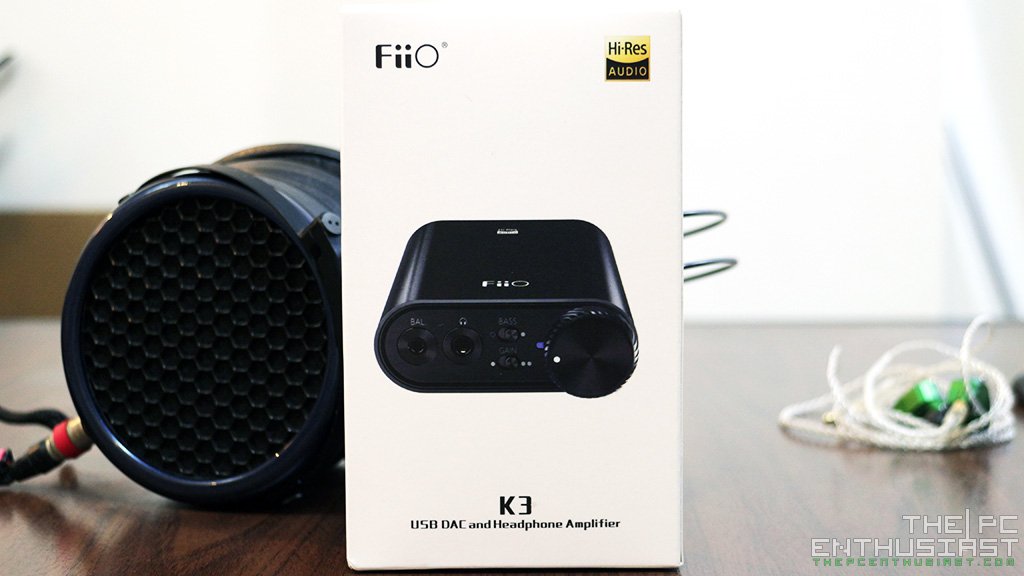
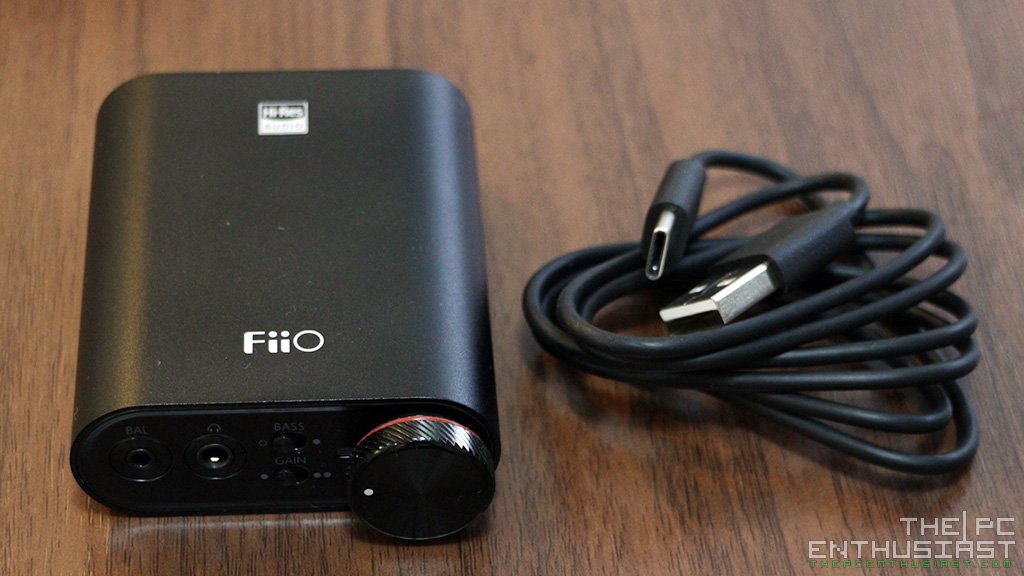
The Fiio K3 comes in with a slim white box; it’s a pretty simple box and packaging. Aside from the K3, the box includes a USB Type-A to USB-C cable. Two rubber feet that can be stick at the bottom of the K3 are included in the box.
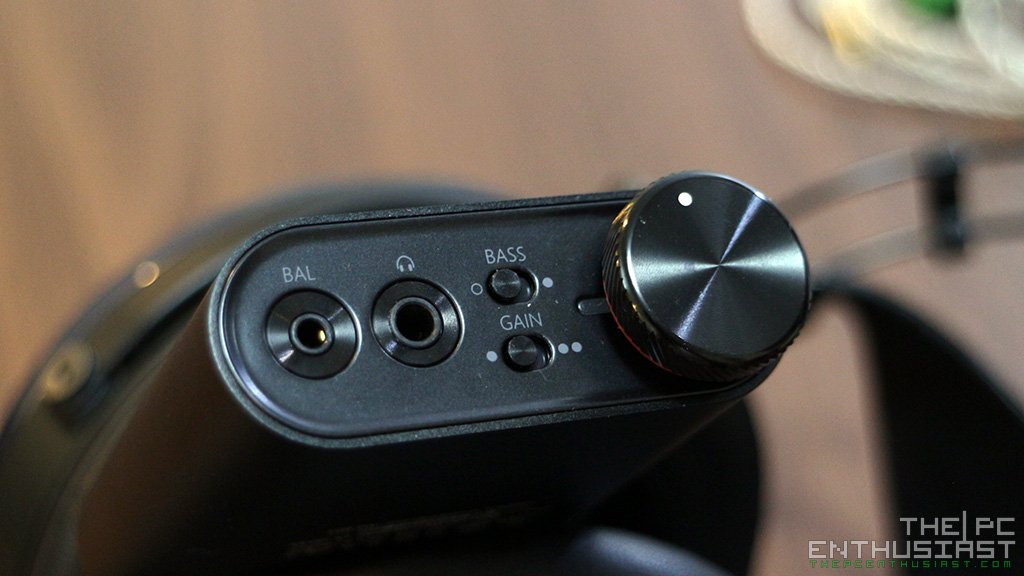
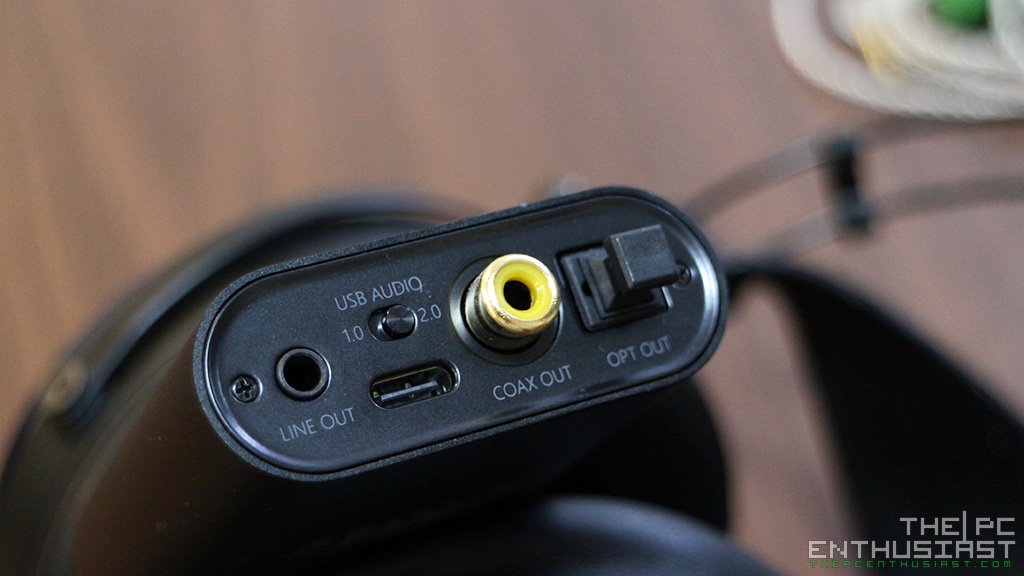
On the front portion of the K3, you got a 2.5mm balanced output; a 3.5mm unbalanced / single-ended output; bass boost switch; gain switch; and the power / volume knob. The volume knob not only act as a power button, but beneath it is an LED indicator. Its color changes depending on the sample rate of the audio being played.
The bass boost increases the bass by up to +6dB. This elevates the bass region, giving a noticeable bass presence and emphasis. So, if you prefer a richer and fuller bass experience, you might want to toggle this switch. Meanwhile, the gain switch offers a low and high gain setting. But I don’t have an idea what are the exact values of each gain setting.
At the back of the K3, you get a USB-C input and you can output in three different ways. First is via an analog 3.5mm line out, then the K3 has a digital Coaxial output, as well as an Optical output.
If you notice above the USB-C input, there is a USB Audio 1.0 and 2.0 switch. The USB 1.0 is for driverless mode, while 2.0 is best used when connecting to a PC. While, the USB Audio 1.0 doesn’t need a driver to work, it only supports up to 24bit/96kHz. Meanwhile, the USB Audio 2.0 has the full support of up to 32bit/384kHz and DSD256.
USB Audio 2.0 does require a DAC driver though. Depending on the system, the latest DAC driver may be needed to install to work properly. If you’re system requires a DAC driver, you can download Fiio’s DAC driver from their site here.
Now, the only thing that I feel missing in this portable device is a Bluetooth connectivity. It would be great if it had a Bluetooth input as well. Luckily, Fiio has several portable Bluetooth solutions like the BTR5 and the newer BTR3K. That is if you are looking for a wireless solution.
Fiio K3 User Experience and Sound Impression
Using the Fiio K3 is quite easy. You only need to connect the K3 to a USB port using the supplied cable. Of course, if you have a preferred or better USB cable, you can use it as well. My PC is running Windows 10 64bit v 2004 at the time of writing, and there was no need for a USB driver. It was also pretty much plug-and-play in Windows 10 v1909 and v1908.
Unfortunately, I don’t have an Apple MacBook or an iMac to test it with. So, I can’t comment for those system. I was able to test it with an Android smartphone, like my LG V40. And I can confirm that it will work, provided that you have a USB Type-C to Type-C cable.
However, Fiio doesn’t seem to recommend that you use the K3 together with a mobile device. And I quote “the K3 is a USB power and data combo interface designed for desktop computers or laptop. Mobile devices are not recommended”. Obviously, if the smartphone has a smaller battery capacity, then it is not a good idea. The K3 will source its power from the battery of the mobile device. And it will drain the battery of the mobile device much faster.
The Sound…
When it comes to sound quality, to my ears the Fiio K3 sounds flat and linear. It’s a tad dry and doesn’t have any “fun” factor. But it doesn’t mean it sound bad. It’s detailed and balanced with a good amount of resolution. It’s just flat and linear like I said earlier. The good thing about having a flat frequency curve is that it will not affect or color the sound signature of your earphone or headphone.
There are times that a pairing between a source (DAC/AMP) and an output (headphone) is not good. This is because the tuning of the DAC/AMP have (negatively) affected the tuning of the headphone. That’s why you see some people in forums and groups asking if the pairing between a DAC and a headphone is good or not. This basically falls into personal preference already.
So, I don’t think it’s a good idea to pair the K3 with also a flat-sounding or analytic earphone, not unless you preferred that. The good thing though it that it has a bass boost feature that will boost the bass region by up to +6dB.
The 5Hz frequency normally starts at -4dB with bass boost off, but it will start at +2dB when bass boost is on. From there, the 20Hz to 50Hz is boosted to around +6dB and then slopes down from 100Hz to around 2KHz. The resulting sound is you get a much fuller, richer bass and overall a warm sounding audio.
I think that most people would prefer to turn on bass boost most of the time. I also prefer to enable bass boost whenever I pair it with my Campfire Audio Andromeda. Speaking of Andromeda, it’s quite a sensitive earphone and I find that there is a bit of noise background when using a sensitive earphone. Switching to low gain setting does seem to help.
If you have a really sensitive earphone, you can use an adapter like the iFi iEMatch to help reduce the background noise. It has a built-in sensitivity switch so you can adjust the sensitivity depending on the earphone. But that’s another extra cost and the iEMatch isn’t quite cheap.
I don’t have a headphone with a (very) high impedance, like the Sennheiser HD 600, so I’m not sure how well it will work with a 300Ω headphone. Most of my full-sized cans are planar magnetic headphones, like the MrSpeakers Ether Flow and Audeze LCD GX.
However, you may need to use the 2.5mm balance output if you want more power. Again, that would mean you’ll need a 3.5mm/6.5mm to 2.5mm adapter, or use a balanced cable terminated to a 2.5mm plug. That’s an additional cost and it would defeat the purpose of a budget setup.
Now, I don’t have other entry-level DAC/AMP to compare it with at this time, and comparing the K3 with the likes of Schiit Jotunheim seems a bit unfair. The Jotunheim is a desktop-class DAC/AMP with a much powerful output level and sound quality-wise they are just not on par. The Jotunheim is just way better overall.
However, when I tried to use the K3 with my old Asus VivoBook S550CM laptop, well it was a treat. The sound is way better, clearer, cleaner and has a better resolution than simply connecting my headphone directly to the VivoBook’s headphone plug.
Price and Where to Buy
The Fiio K3 portable DAC with headphone amp has been in the market since last year. It comes it a manufacturer’s suggested retail price of $109.99. For latest pricing and availability kindly check out the link below:
Fiio K3 DAC w/ AMP available on Amazon.com here.
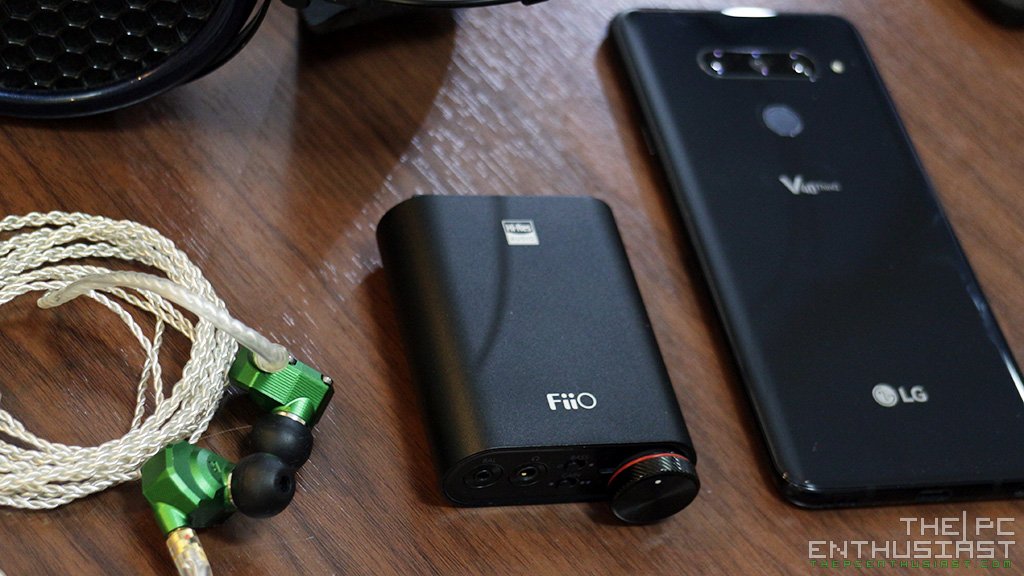
Fiio K3 Review Conclusion
To wrap things up, I think the Fiio K3 is a good budget-friendly portable DAC with headphone amp. I would recommend this to beginners who simply want to upgrade from the poor sounding built-in DAC of their PC. It is going to be a good solution if your laptop doesn’t have a good DAC to begin with as well.
For PC, many latest high-end motherboards come with a really good DAC/AMP already. So, the K3 isn’t an ideal solution. If you have a motherboard that comes with a really good DAC/AMP, the only option for you is to get one of those desktop-class DAC/AMP. Although, most are not budget-friendly already.
Finally, I am comfortable recommending the K3 if you primarily use an earphone or if you have a (very) efficient headphone. Better if your headphone is lower than 32 Ohms. However, if you have a higher impedance headphone, you might want to check out the Fiio K5 Pro instead. It’s a step higher than the K3, and it’s only $150 at the time of writing. However, it’s not a pocket-able solution and it needs to sit on your desktop all the time.


